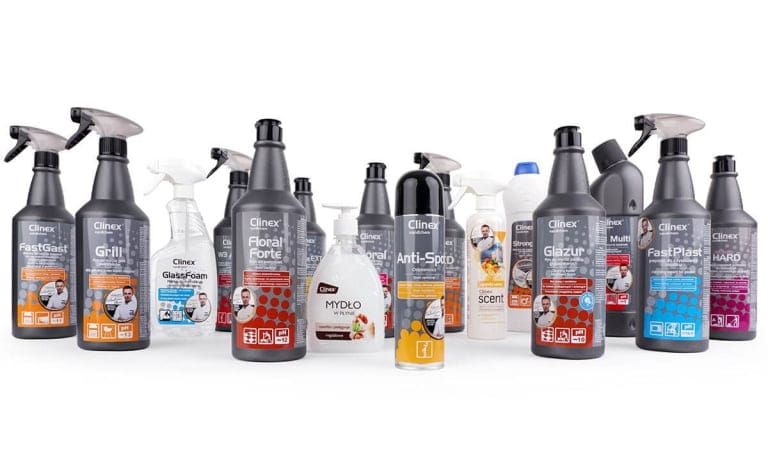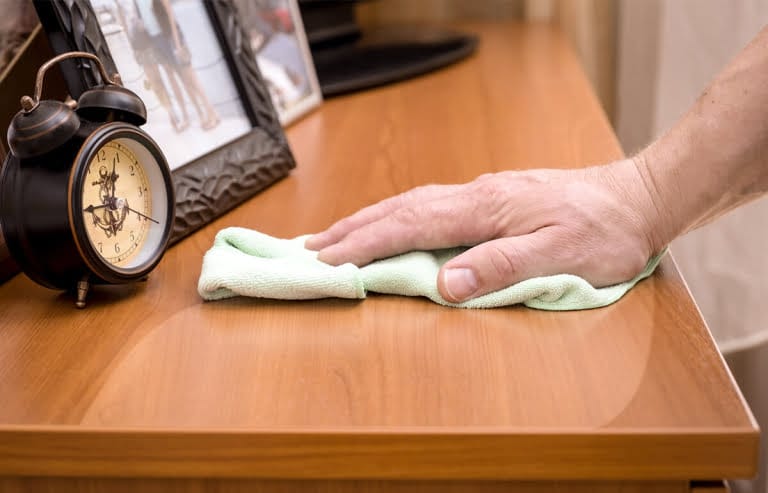Systematic cleaning of toilets protects us against contact with dangerous bacteria and microorganisms. In professional cleaning of public facilities, the basic step is to isolate areas for which the frequency and type of activities performed are determined, ensuring continuity of cleanliness. In public buildings or shopping centers, where there is a large concentration of people every day, the most difficult place - in this respect - are public toilets, which require an appropriate cleaning system to remain clean.
How burdensome is it to clean public toilets?
Cleaning public facilities, especially toilets, is not a pleasant task. People who are to undertake this task must first of all pay attention to several important facts. These facts are often either passed over in silence or not talked about out loud. You should be aware that public toilets are used by a variety of people. Very often, these are people with different views on personal hygiene, but also on the hygiene of public facilities. This often results in additional tasks. However, with professional cleaning products at your disposal, you can quickly deal with them.
First of all, the cleaning person must be equipped with appropriate personal protective equipment. It is worth protecting yourself with rubber gloves of appropriate thickness. It is also useful to wear glasses or a cotton mask to avoid inhaling unnecessary fumes from the detergents used. You should also know that toilets are visited by people who may use or transport potentially dangerous substances. Daily use of such toilets may result in contact with such substances. You should then know the procedure for handling and disposal.
Three stages in the process of cleaning public toilets
In such a system, we can distinguish three levels of toilet cleaning, each of which takes place at a different time of operation. We can distinguish between basic cleaning, thorough cleaning and ongoing service.
Basic cleaning involves cleaning up everyday dirt before or after opening the facility. Deep cleaning is periodic work to remove difficult dirt that cannot be removed during basic cleaning. There is also ongoing service – i.e. removal of current dirt and replenishment of hygiene products. It is not uncommon for toilets to require some repairs or the replacement of certain items. This is quite common in public toilets and depending on the severity of the situation, repair or replacement should be done quickly. This will ensure that the public toilet remains fully operational at all times.

Choosing the right cleaning agent – rules
For cleaning work to run smoothly, the work must be planned well. This will allow you to perform specific activities very efficiently and without unnecessary loss of time and bring the toilet to full use. Once we have a cleaning system in place, we need to select the appropriate chemicals so as not to damage the cleaned surface. Nowadays, there is a very large variety of materials used to finish rooms and their equipment. In sanitary rooms, we mainly use acid-resistant materials, such as ceramic, granite, porcelain tiles, etc.
In addition to acid-resistant materials, we also have quite a number of materials that we must be careful with when using acid-based preparations, including: marble, joints, terrazzo or varnished elements. Before using an acidic preparation, e.g. Clinex W3 multi on these surfaces – first moisten the surface with water. This is to protect the structure of the cleaned surface.
Choosing the right cleaning products for the surface to be cleaned can not only save us damage and money, but also make the next cleaning process easier. Professional cleaning products do more than just remove current dirt. Their proper use prevents subsequent contaminants from adhering to given surfaces with the same persistence.
Cleaning and disinfection of a public toilet
In this article, we focus primarily on cleaning and disinfecting the toilet, i.e. the toilet bowl and seat. When we mention disinfection, we must remember that the conditions typical of sanitary rooms are ideal for the development of bacteria and microorganisms.
Heat and high humidity, a large amount of organic impurities, such as soap residues and a large amount of water, not only enable the development of bacteria and microorganisms, but also cause the formation of limescale deposits. When we use acidic agents on limescale deposits, we cause a chemical reaction to break down the deposits into water-soluble compounds. Additionally, by lowering the pH of the surface, we obtain an acidic environment in which most microorganisms cannot develop.

To maintain cleanliness and disinfection of toilets, the Clinex brand offers two very effective preparations: Clinex W3 Multi and Clinex W3 Bacti . These are fast-acting preparations with caring and cleaning properties, and W3 Bacti additionally has disinfecting properties, which means it has a permit to trade in a biocidal product.

Due to their use, these preparations have a gel consistency, which makes them stay on the cleaned surface longer. Longer contact with the washed toilet and the specially profiled shape of the dispenser allow you to eliminate bacteria that are located in hard-to-reach places. When disinfecting or washing surfaces in contact with the human body, it is important to rinse the surface thoroughly to remove chemicals.
Worth remembering – summary
Cleaning toilets, especially in public places such as shopping centers and railway stations, is one of the most difficult topics in professional cleaning.
Large groups of people and a very wide variety of materials used in the production of sanitary rooms and elements such as toilet seats, urinals, faucets and sinks require us to carefully select appropriate cleaning agents.
When fitting this way, you must first of all pay attention to ensure that the product does not damage the surface being cleaned. It must also be completely safe for humans and their skin, so that a visit to a public toilet does not bring unpleasant memories to anyone. Using professional chemicals according to the manufacturer’s recommendations allows us to maintain cleanliness for longer, facilitates the process of subsequent washing and allows us to save costs on cleaning products.






